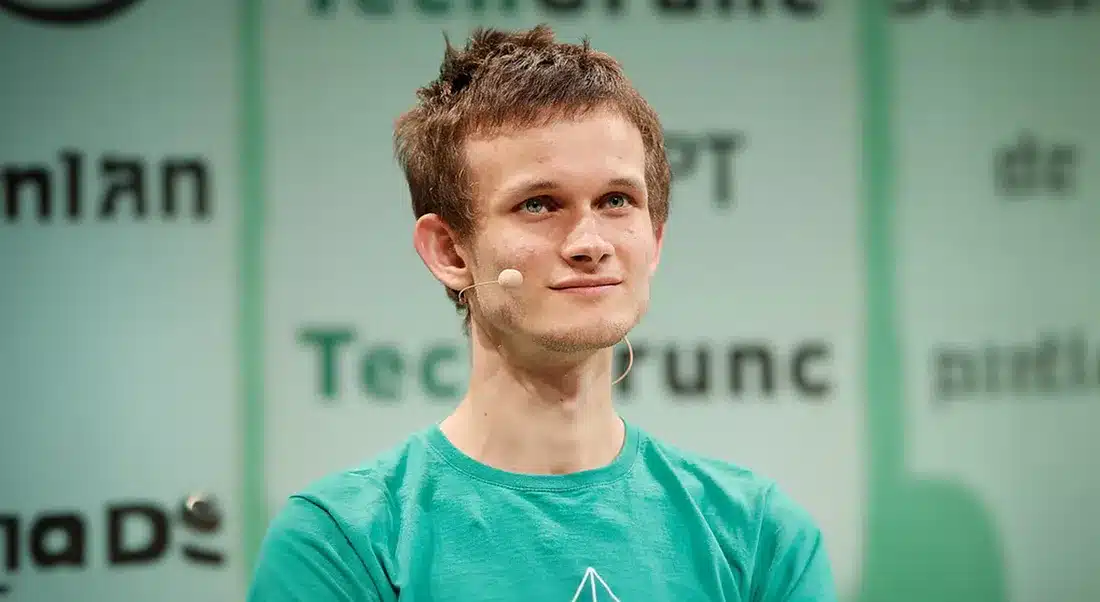Last updated on August 26th, 2024 at 12:43 pm
Ethereum founder Vitalik Buterin recently shared insights into how transaction verification on Layer 2 (L2) solutions is executed. According to Buterin, Layer 2 inherits security from Layer 1 (L1), which means that assets on Layer 2 are as safe as long as L1 is secure. This answer came in response to a video produced by developer Pratham Prasoon, who described the security of cryptocurrency transactions on Ethereum L2 and addressed concerns about movement rollups.
Prasoon elaborated on the duration of about a week that the transactions across the blockchains take before they are validated; for the L2 blockchain, users can take up to a week before withdrawing their money. He stressed that this is a problem addressed by staked rollups: stakers can check the transactions in mere seconds, not hours. Buterin’s comments further strengthened our belief in the L2 solutions, as they said they all assume the security of L1.
Also Read: Vitalik Buterin Reinforces Commitment to Crypto Privacy with Strategic Ethereum Transfers
Buterin Defends Ethereum’s Performance and Innovations
Buterin also recently came to Etheruem’s defense against recent complaints, citing data to his defense. He insisted that Ethereum’s L1 and L2 solutions take a few seconds to process the transaction, where L2 solutions fees are frequently less than $0.01. This was a direct response to one major criticism on the Ethereum platform concerning costs that come with the making of the transactions.
Also, Buterin cited Farcaster, Lens, and Polymarket projects, which are part of Ethereum’s relevant ecosystem and have already made tremendous progress and are quite useable. These projects depict how Ethereum is valuable in coming up with solutions for real-world challenges and is relevant in the blockchain industry.
Another area that Buterin discussed as a significant upgrades were new technologies in the sphere of ZK, for example, ZK voting ZK ID, which makes everything more secure and private. These developments also highlight some new possibilities of Ethereum and its applicability in tackling some of the biggest problems of the present digital world.
Still, this and many other similar accomplishments can be listed to argue that the blockchain industry, including Ethereum, is built around solving imaginary issues. However, Buterin’s defense of Ethereum speaks volumes of the platform’s continuous quest for more innovation and development to meet the platform’s dynamically changing and growing needs in the digital world.

